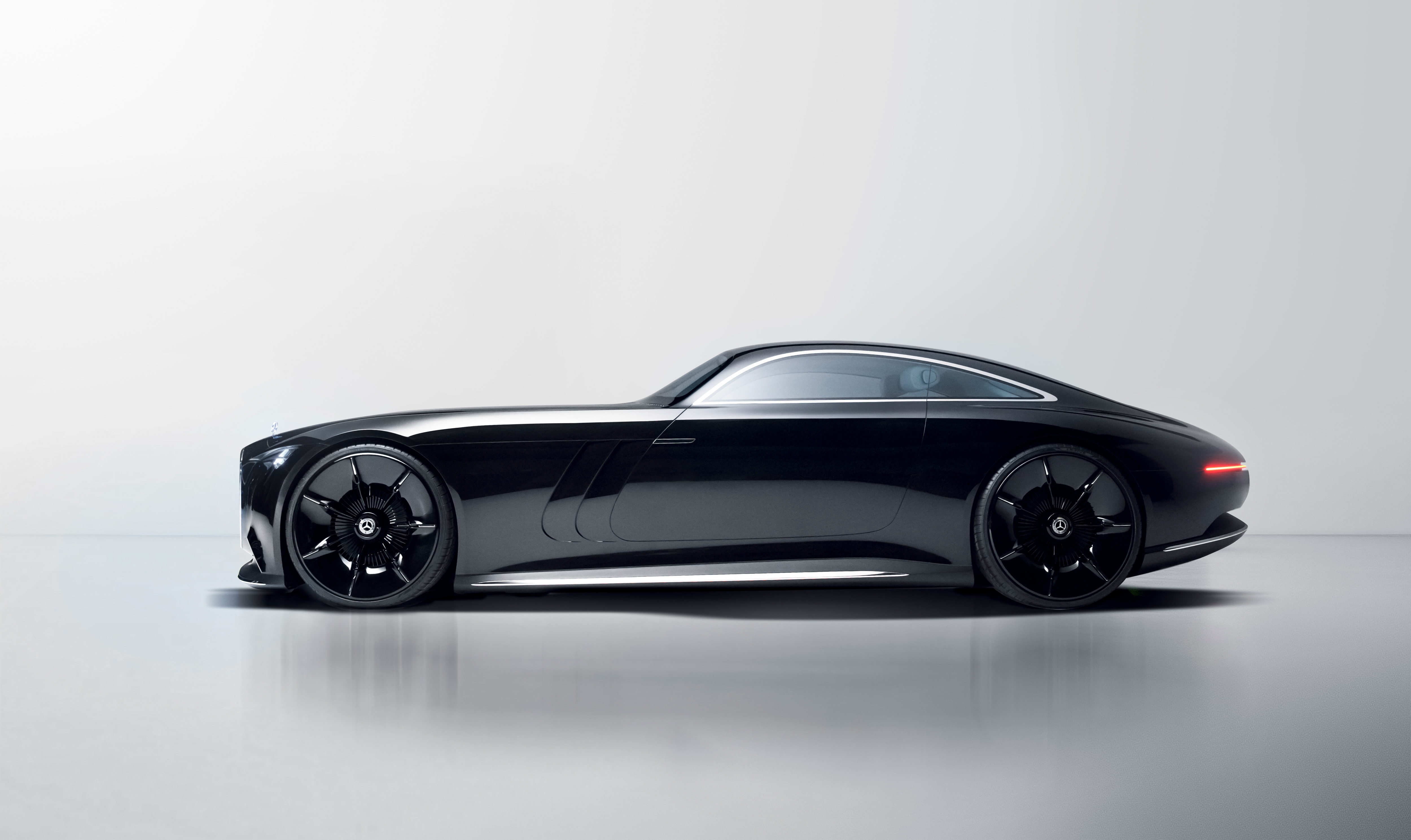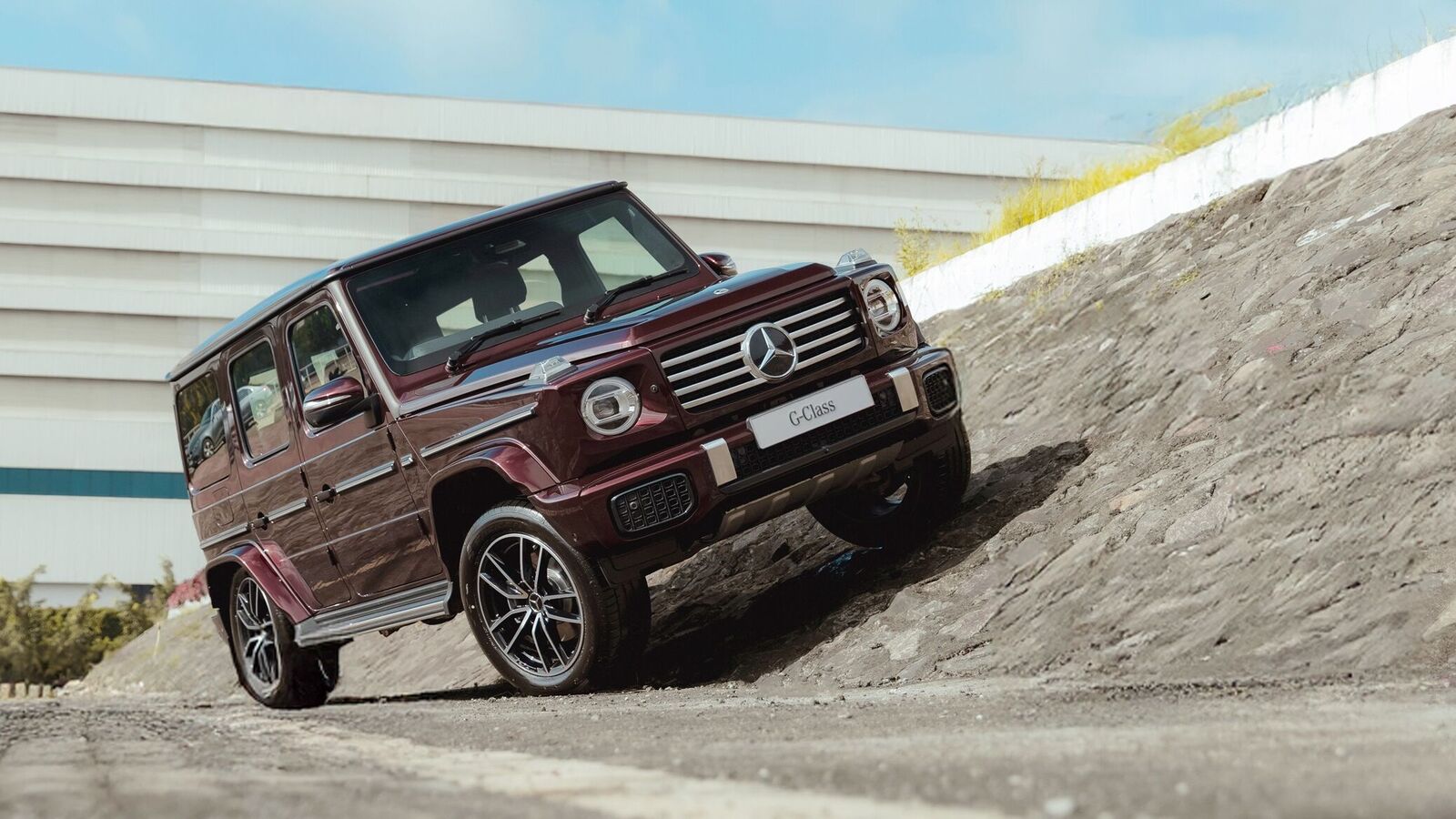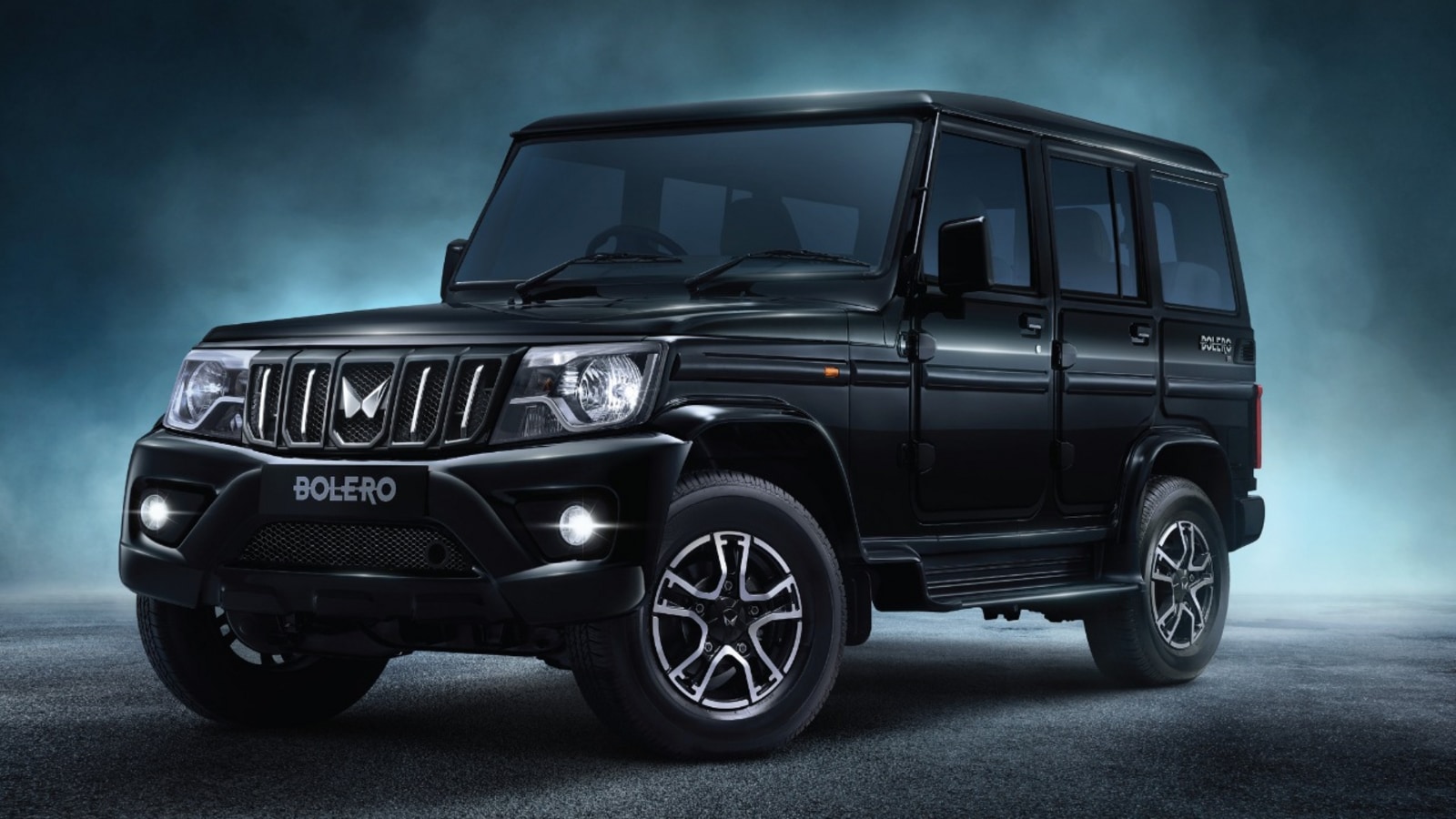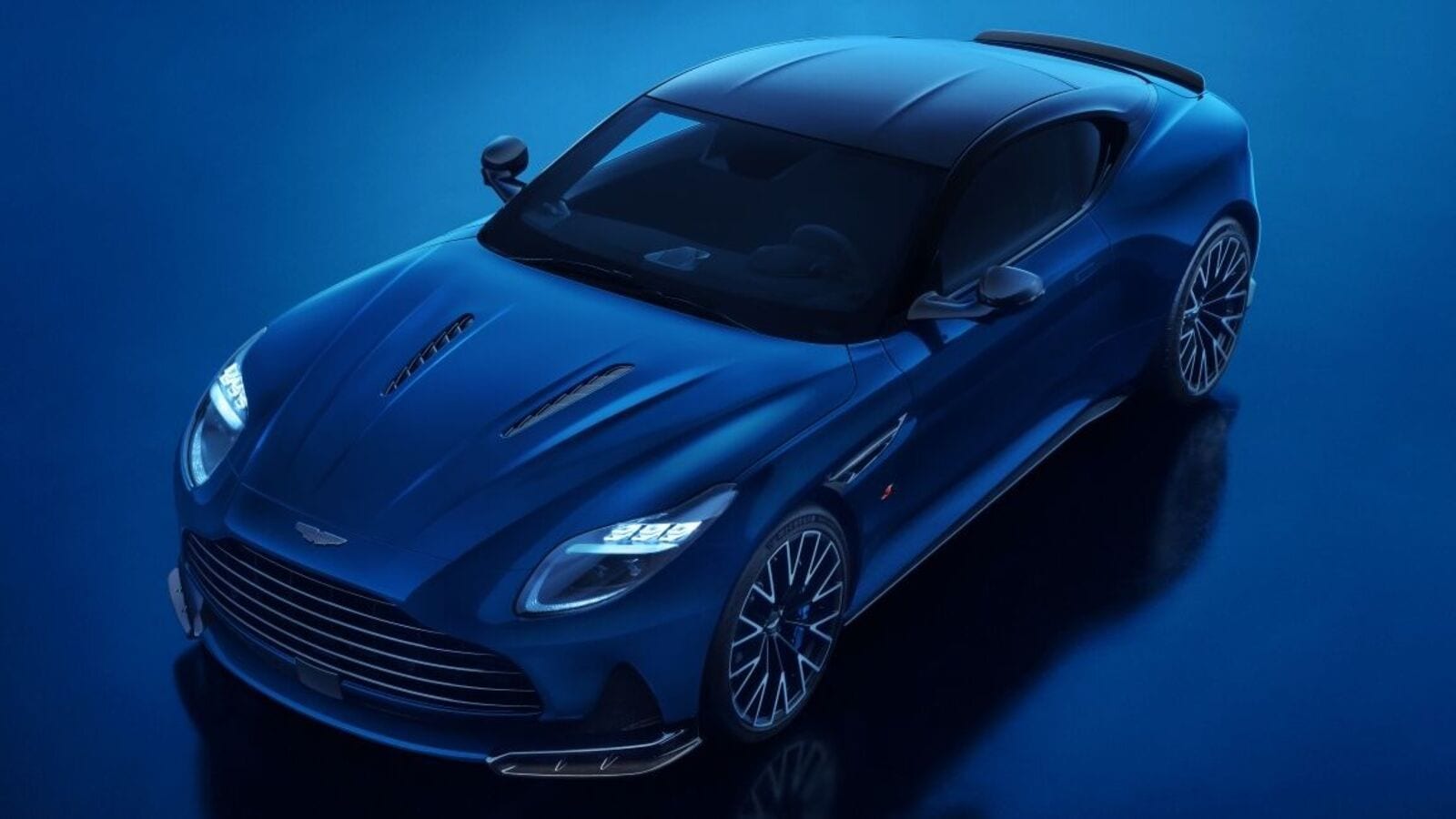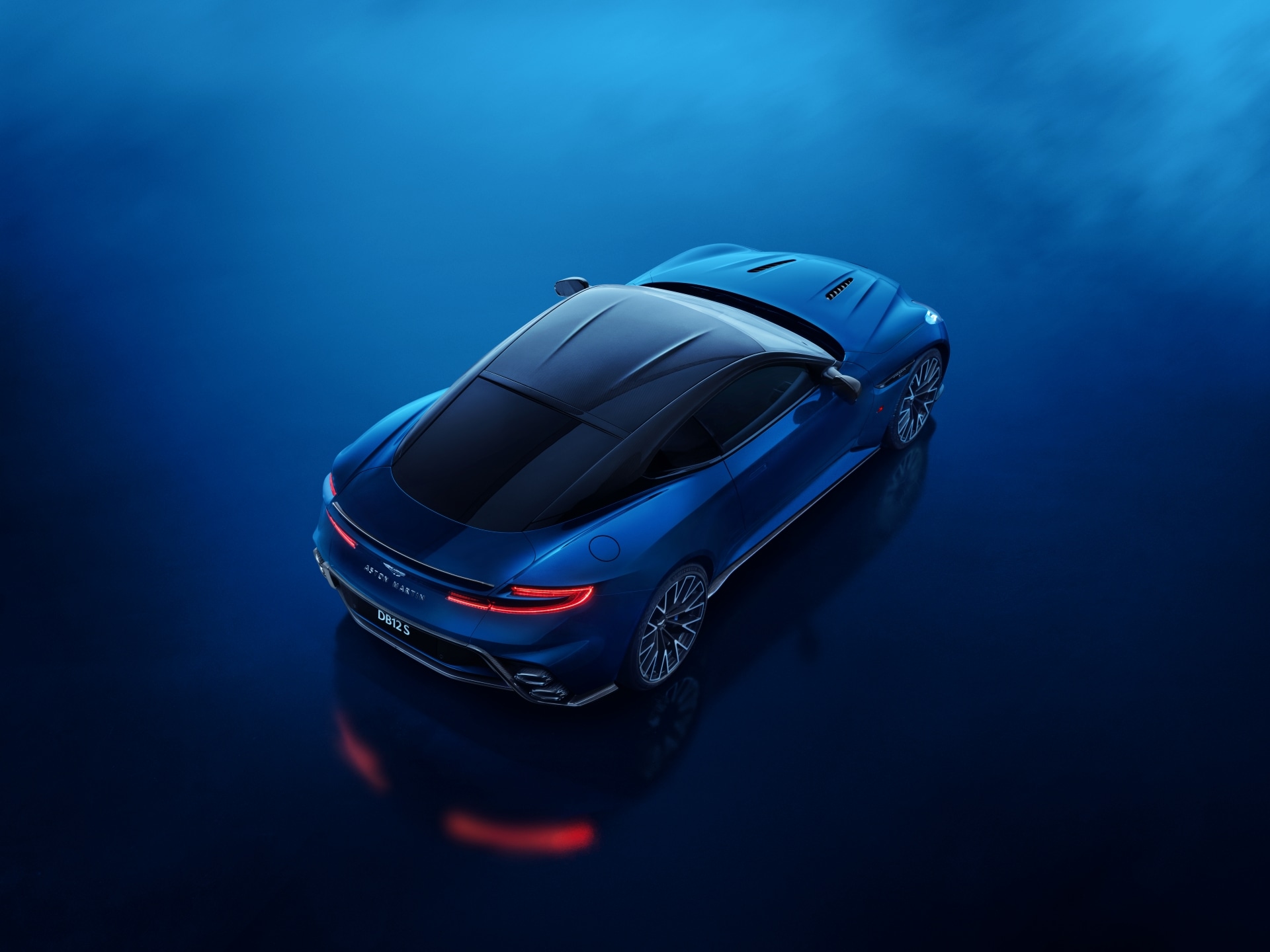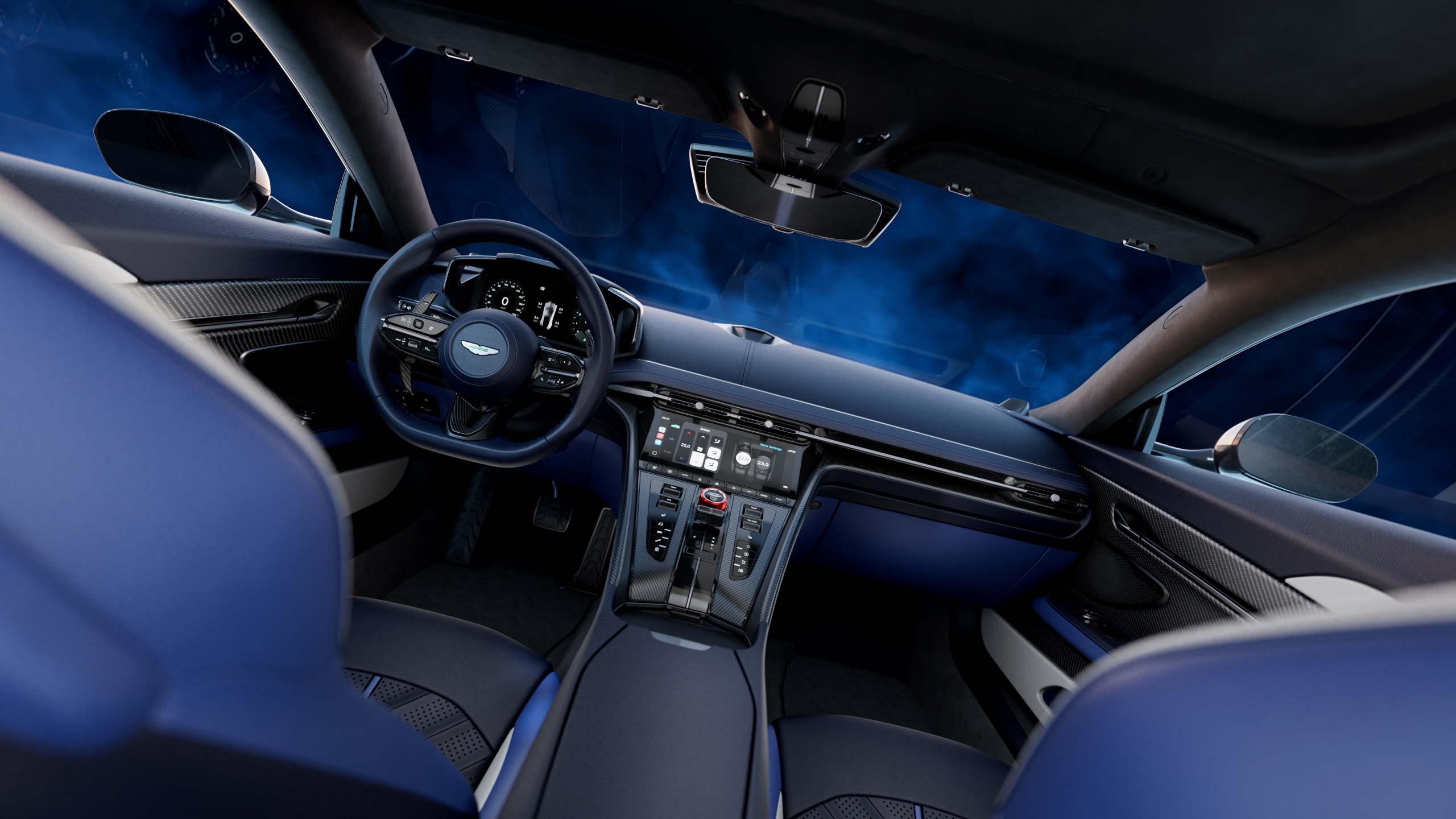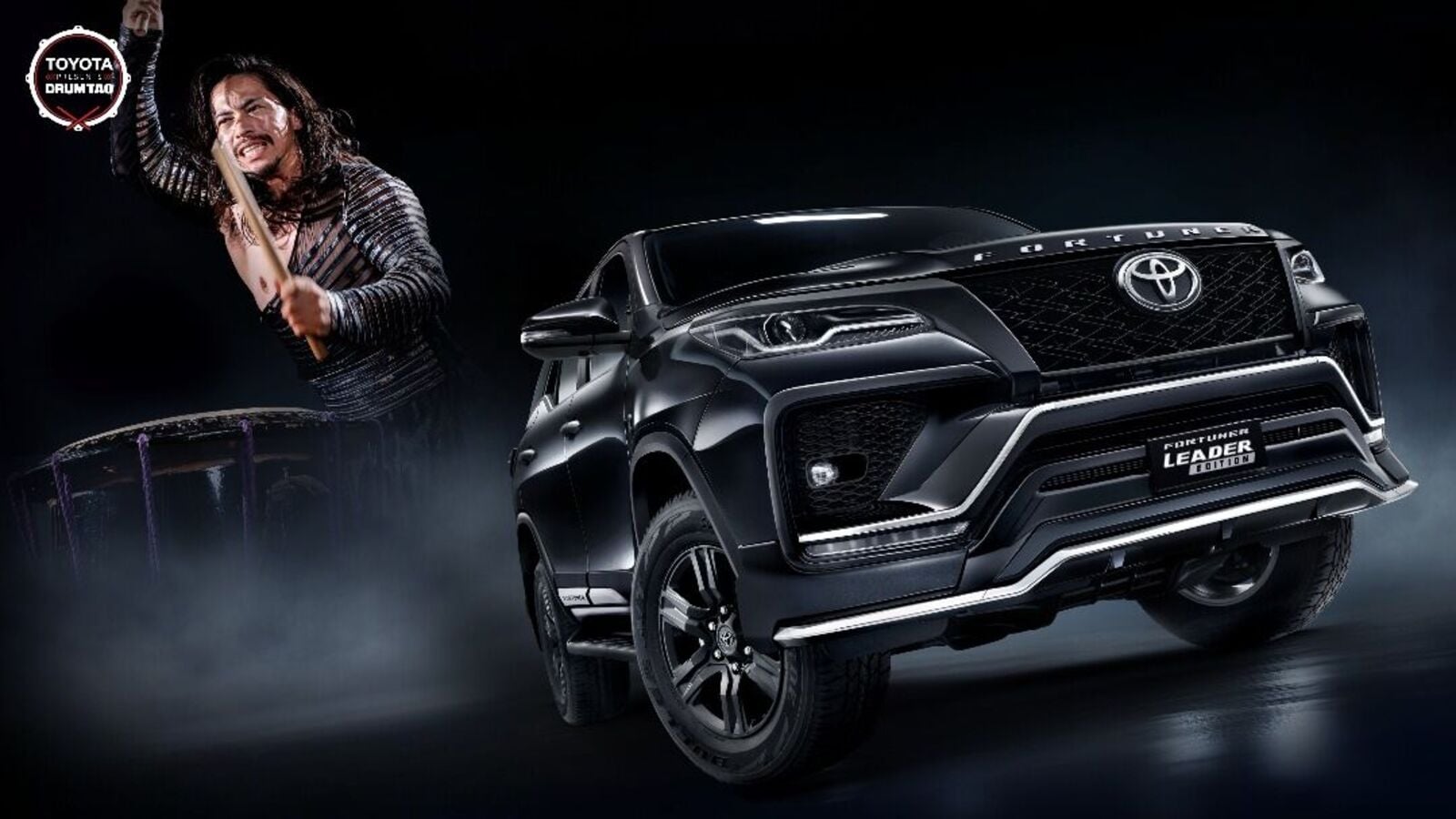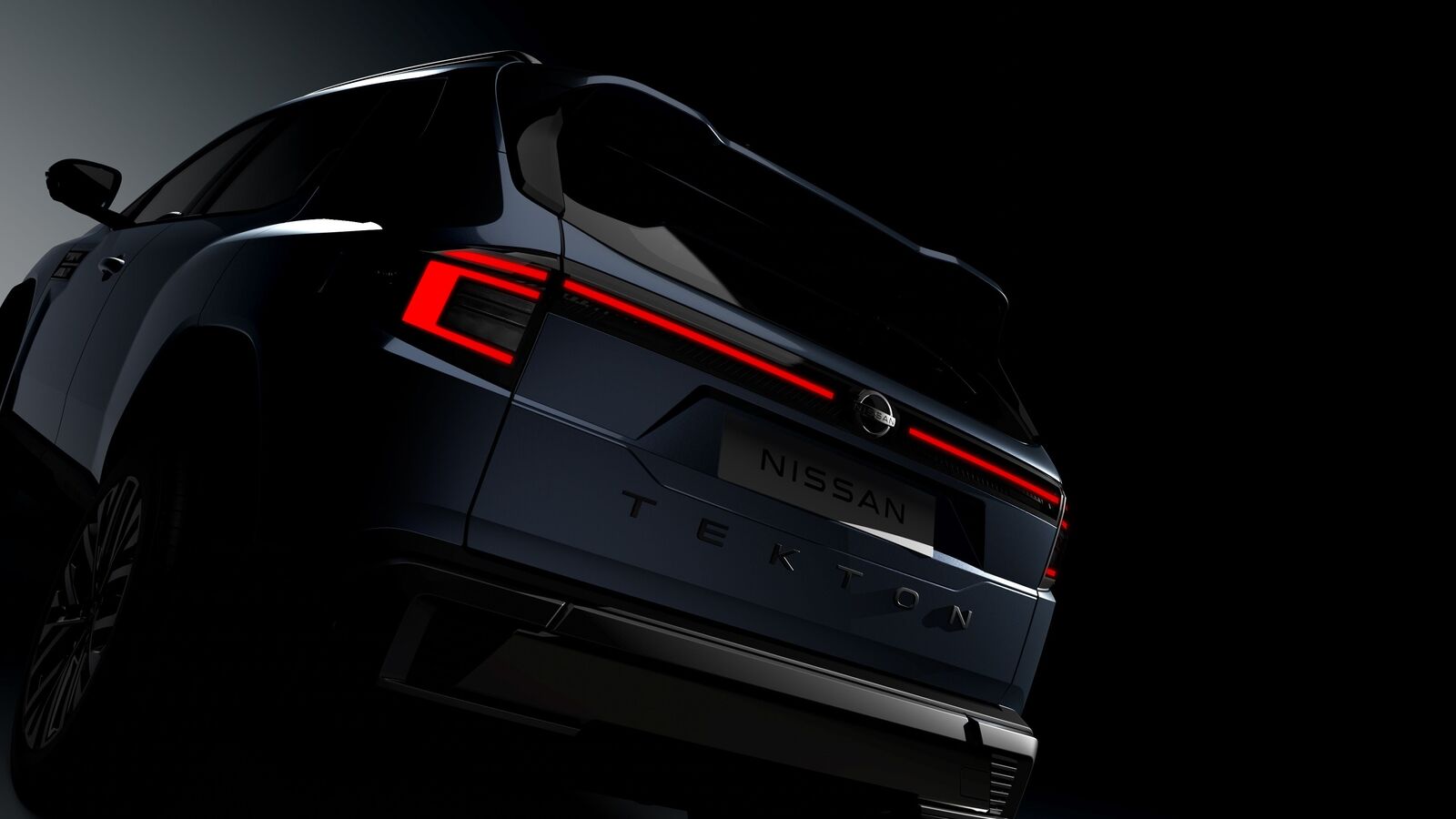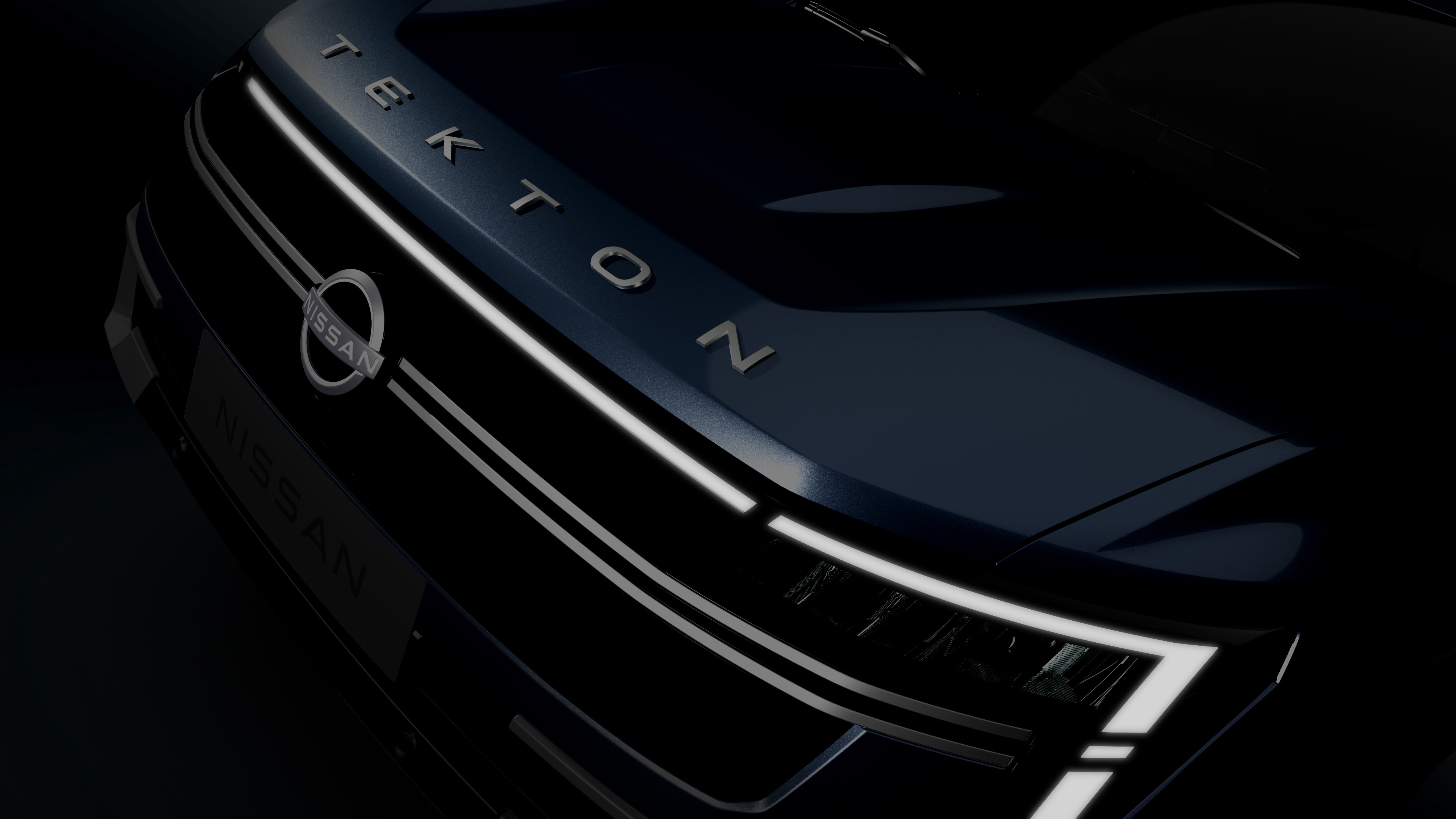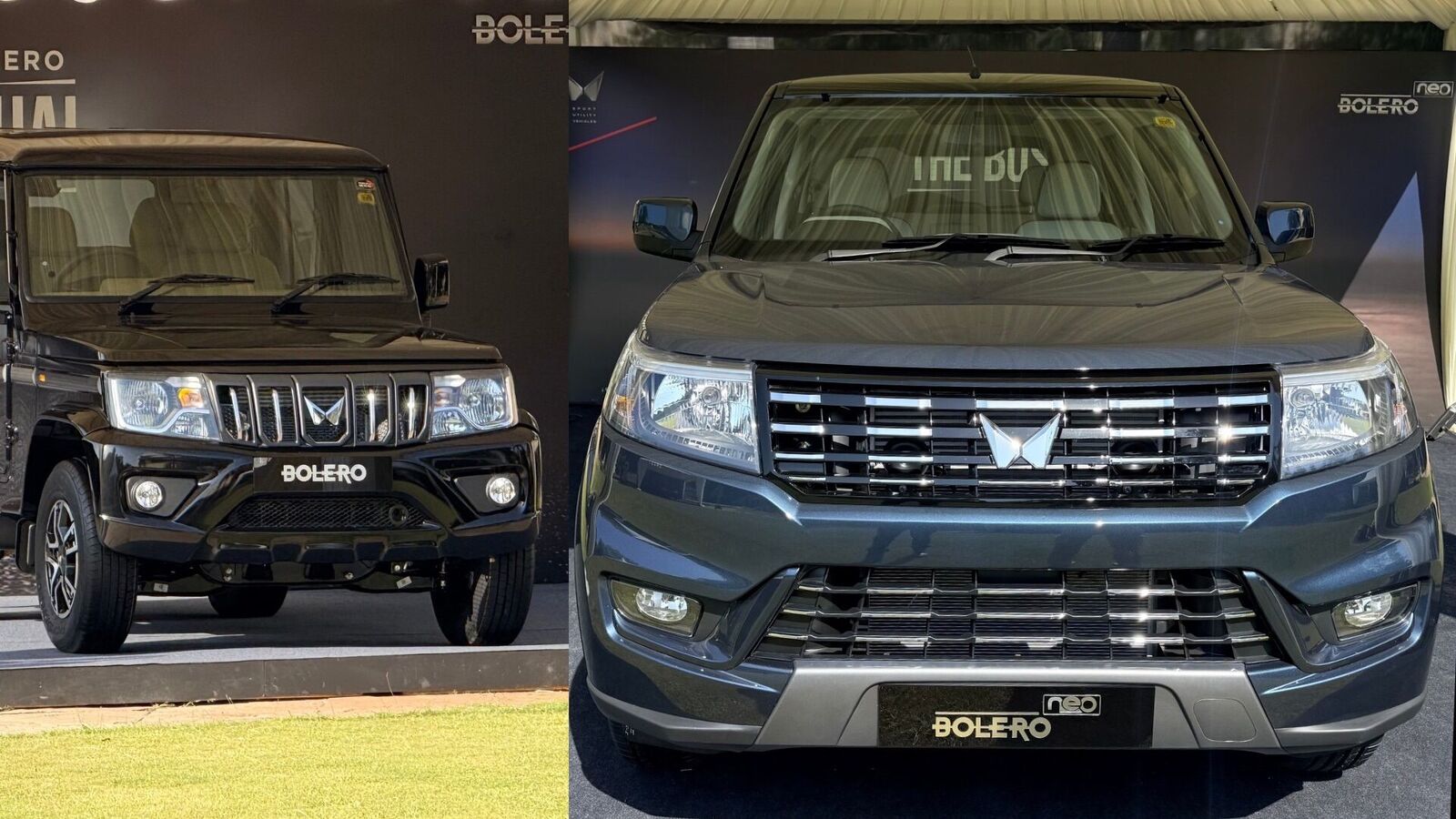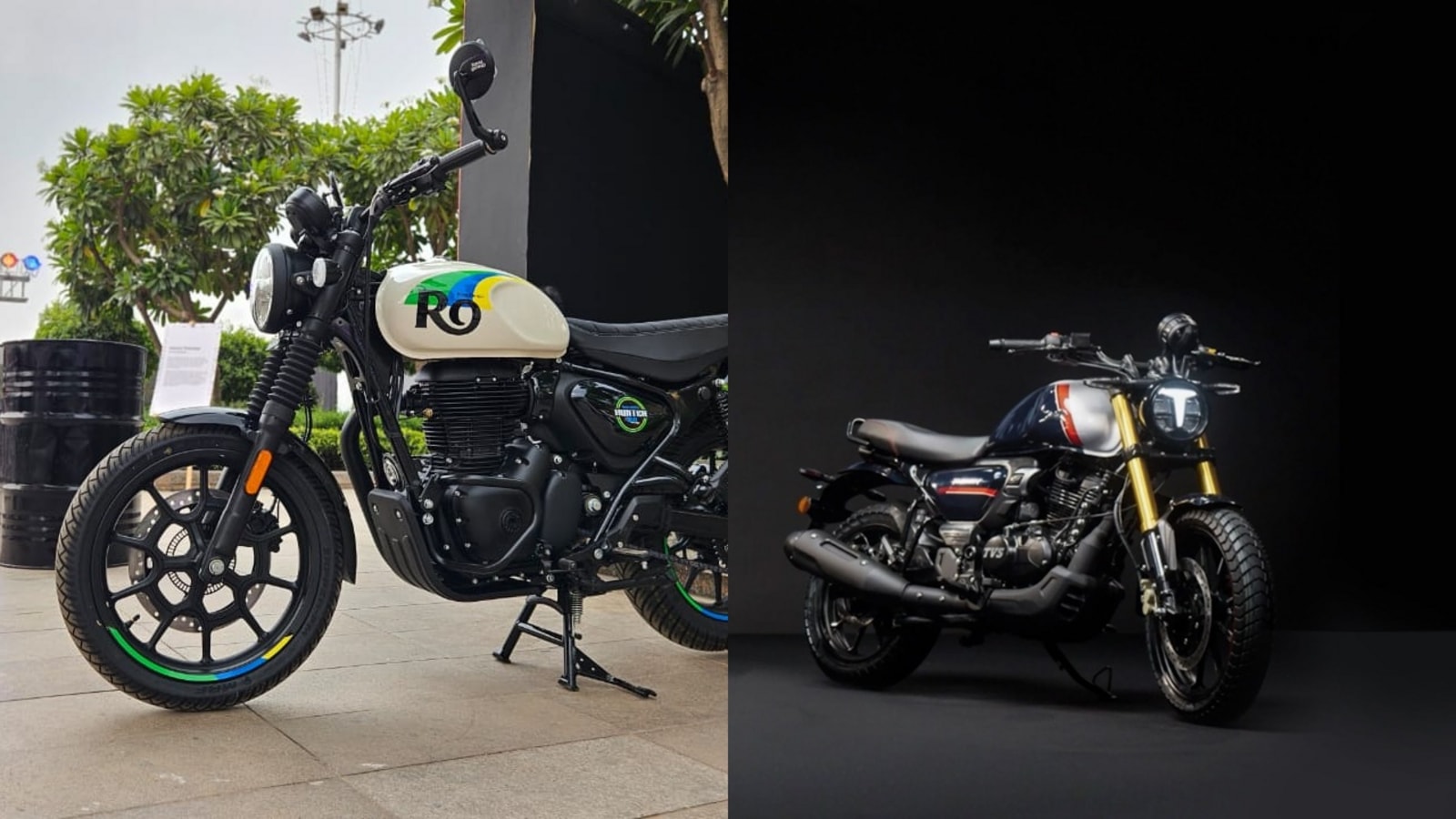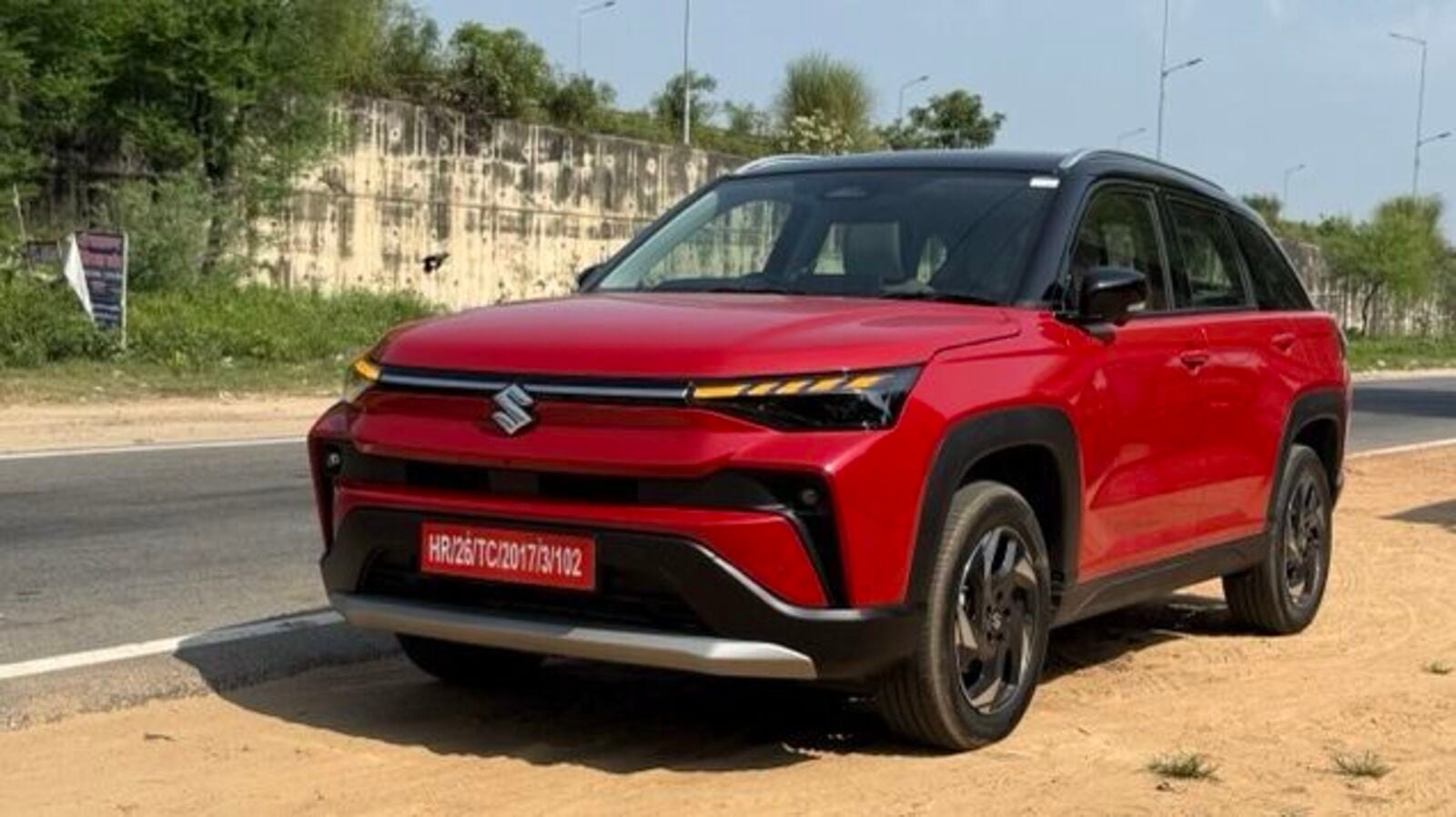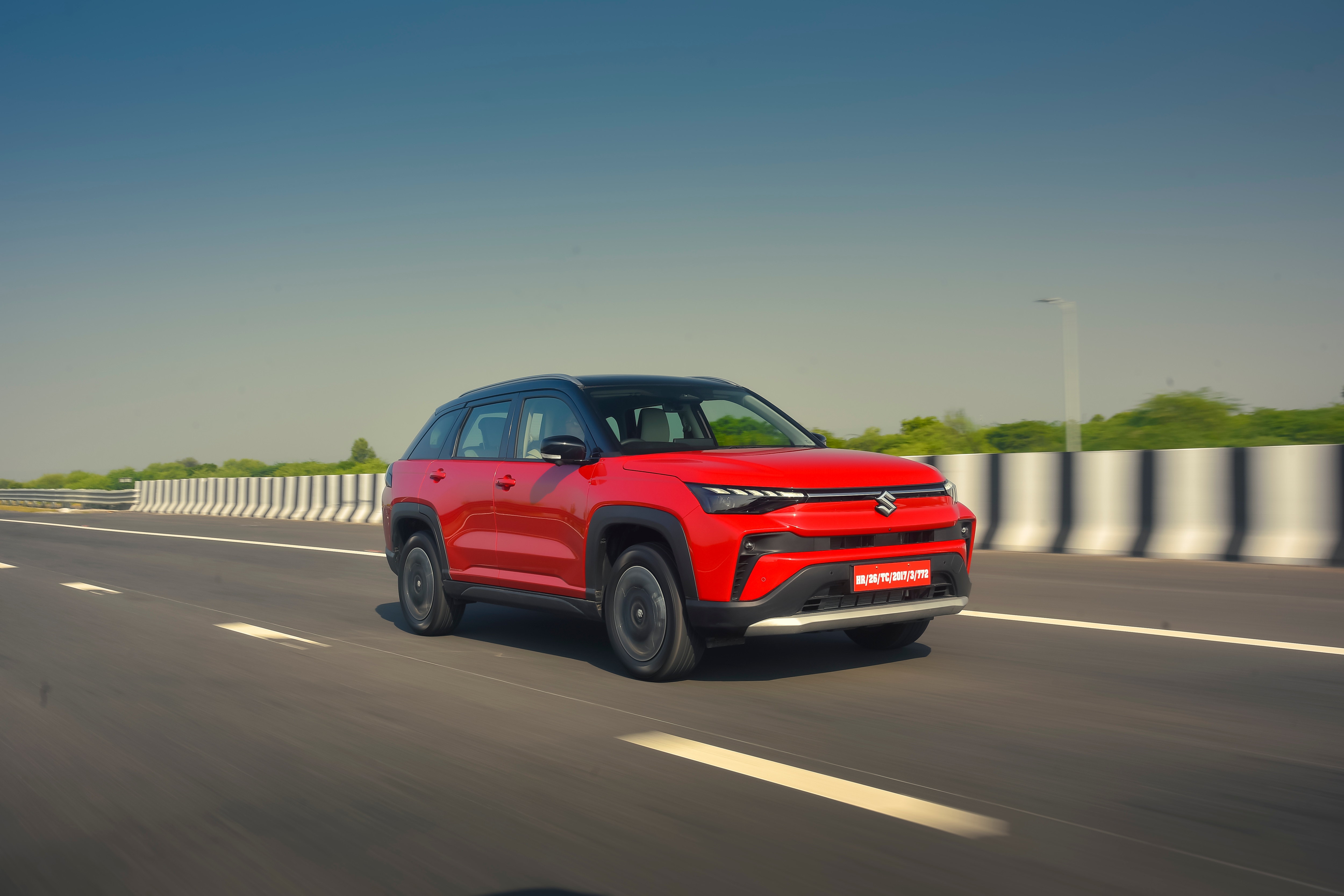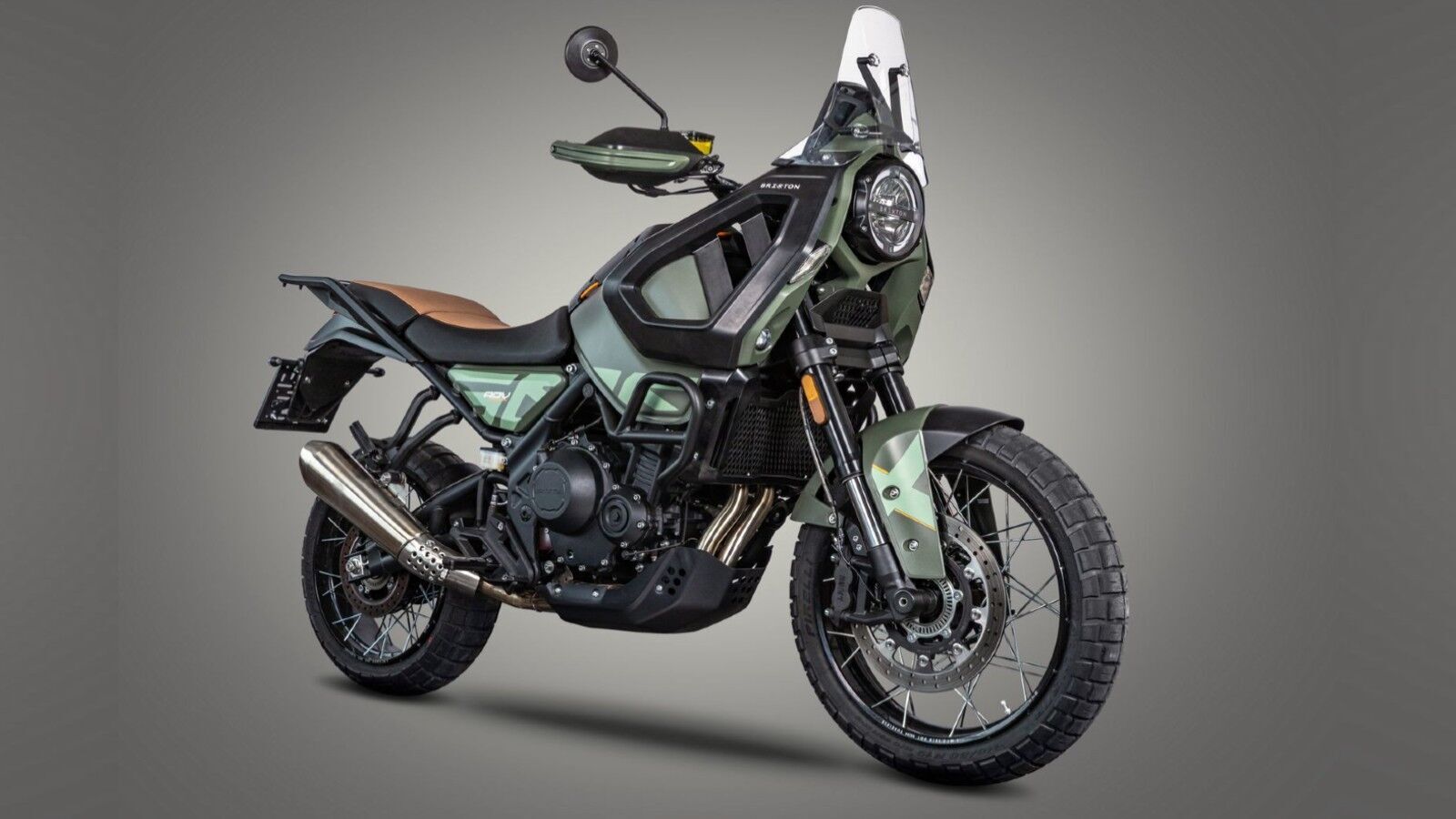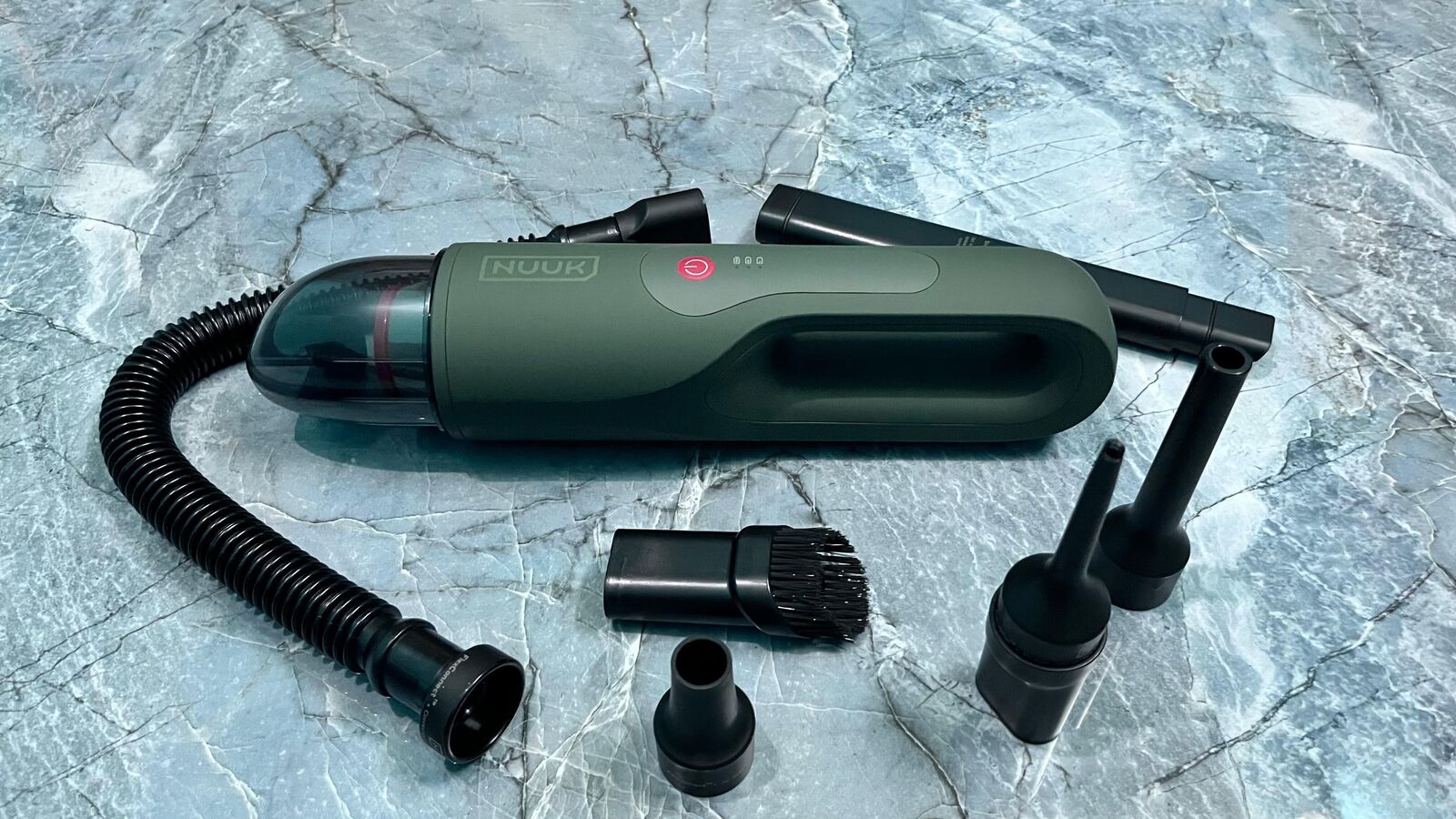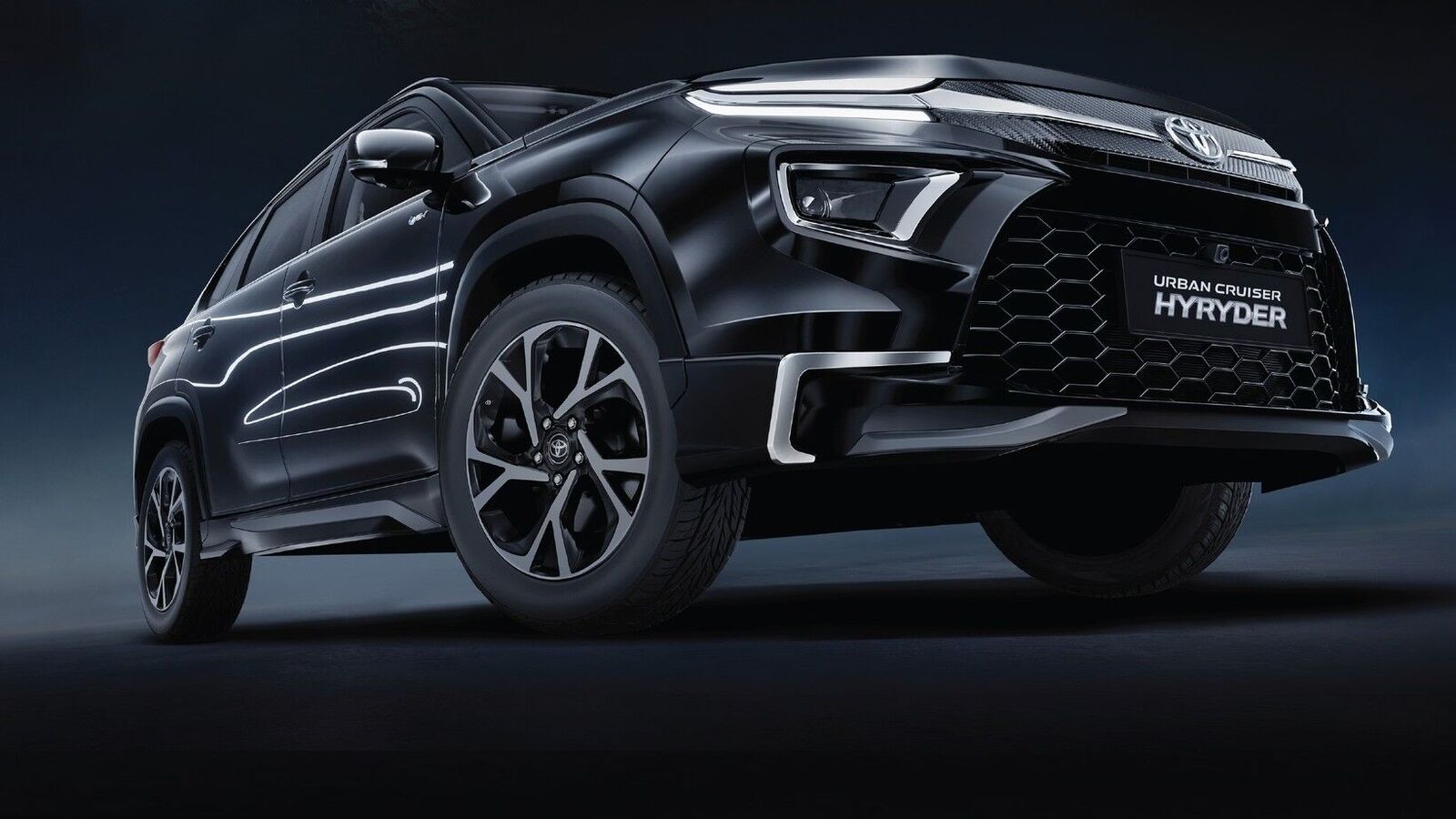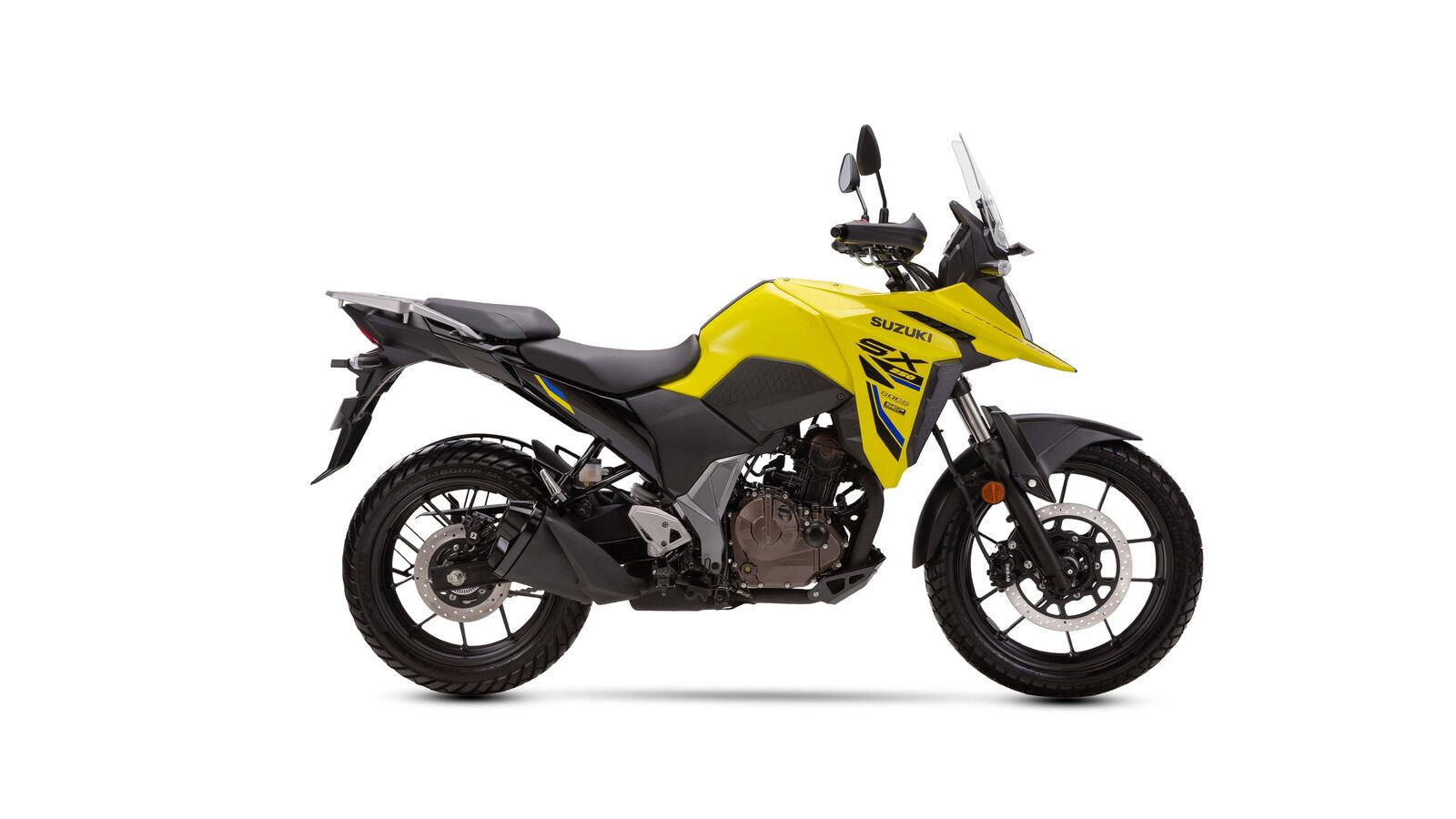During the Hyundai Motor India Investor Day 2025, Tarun Garg, MD and CEO, Hyundai Motor India, revealed that the next-generation Venue will have Level 2 ADAS features with sensor fusion technology.
The next generation Hyundai Venue is all set to be launched on November 4, 2025. Ahead of its launch, Hyundai has revealed that the upcoming subcompact SUV will have Level 2 ADAS features along with other key features. During the Hyundai Motor India Investor Day 2025, Hyundai Motor India MD and CEO-designate Tarun Garg revealed that production of the upcoming subcompact SUV has begun at the carmaker's Talegaon plant in Maharashtra.


The company said that the next generation Venue will feature Level 2 ADAS with sensor fusion technology. This means that the new Venue will use radar, LiDAR, cameras and other sensors to improve object detection, tracking and decision making for ADAS capabilities. In contrast, the current generation Hyundai Venue is equipped with Level 1 ADAS features with a camera-based system.
Also Read: New Hyundai Venue fully revealed in latest spy shots ahead of launch
Apart from ADAS capabilities, the next-generation Hyundai Venue will come with dual 12.3-inch screens in the cabin, one touchscreen will serve as the infotainment system while the other will serve as the instrument cluster.
The carmaker will also introduce over-the-air updates for vehicle systems. Additionally, as stated by the carmaker, the second generation Hyundai Venue is claimed to be based on a strengthened body structure to enhance safety.
Next generation Hyundai Venue: Design leaked
Earlier in the month, the second-generation Hyundai Venue was spotted undisguised in South Korea, revealing the complete design of the subcompact SUV. The new Venue is sportier and more premium looking than the existing model. There's a full-width LED light bar at the rear, much like the updated Creta and Alcazar, and it's housed within a contrasting black panel that also accommodates three light modules on either side.
Also Read: Hyundai Motor India to launch Genesis luxury brand in India in 2027
The Venue lettering is now placed prominently between the lamps, while the rear bumper gets heavy dual-tone cladding that extends all the way to the tailgate. Hyundai has also added L-shaped reflectors and sequential turn signals.
At the front, the design becomes even more dramatic with the split headlamp layout. The thin LED strip at the top mirrors Hyundai's flagship Ioniq 9 SUV, while the quad-beam LED headlamps at the bottom mirror the setup of the new Creta. The grille is quite large, with rectangular inserts, and the front bumper looks thick with silver skid-plate detailing and functional air vents on both corners.
On the side, the SUV shows more chiseled bodywork with strong character lines and flared arches in the style of the Tucson and Exeter. The presence of rear quarter glass, silver-tipped C-pillar and fresh 16-inch alloy wheels make the Venue even more attractive.
With a bold redesign and the promise of advanced interior and safety technology, Hyundai looks to cement the Venue's position as one of India's most popular compact SUVs.
Upcoming cars in India in 2025, check out the best SUVs in India.
First publication date: 15 October 2025, 11:06 am IST


